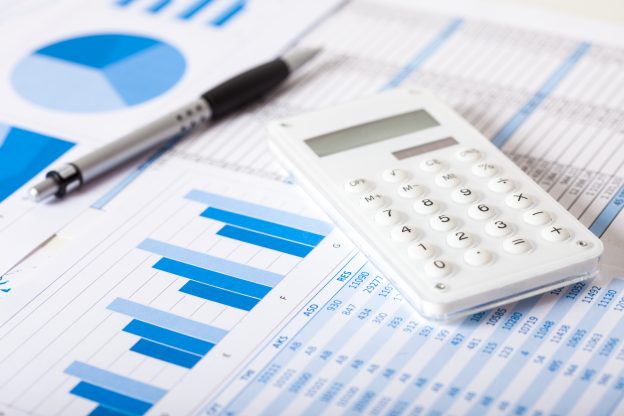
Emerging energy, including wave and tidal energy, have yet to attain mass commercialization. However, Wave Swell Energy who focuses on wave energy systems has announced new updates for its UniWave 200 wave energy system after a year of testing, and shared remarkable results at 50% of power conversion.
As the name suggests, wave energy converts wave motion on the ocean surface into electricity, and the larger the wind speed the higher electricity generated by wave energy. Wave energy is also the energy with the most unstable and sporadic electricity among marine energy, where its related equipment would be impacted by the weather and the crashing of waves, as well as damaged by collision with ships. One of the major challenges would be to resolve the aforementioned impacts.
Wave Swell Energy’s wave energy system UniWave 200 resembles a marine platform that looks like a large hollow concrete building half immersed in the sea, with a channel at the bottom that is connected to the sea. The seawater, when going in or out of the channel, would trigger air pressure that rotates the turbine located at the top of the system, which converts wave energy into wind energy, before turbine is used to generate power at the end.
The research team commented that this method is more effective compared to capturing energy from the bottom of the sea. Wave Swell Energy said the system allows a cheaper and simpler turbine design, and the fact that all equipment and moving parts are above the water facilitates a longer lifespan and induces zero impact on marine organism.
What is interesting is that the design of UniWave 200 can also be easily incorporated at breakwaters and embankments to avoid coastal erosion and converts waves into clean energy, achieving two birds with one stone.
The team also installed a 200kW testing platform at King Island last year in the hope of capturing roaring energy at the Bass Strait between Tasmania and Australia. Wave energy managed to provide reliable clean energy for the micro grid on the island for the past 12 months, and the final performance had exceeded anticipation with the team constantly executing instantaneous adjustments during the operating period.
Paul Geason, CEO of Wave Swell Energy, pointed out, “We have proved that Wave Swell Energy’s wave energy converting technology can provide power for the grid under various wave conditions, and the team is able to modify the prototype of the wave energy converter through the field experience from the Tasman Sea.”
The equipment eventually attained an average power conversion of 45-50% from wave energy to electricity, which is a significant improvement compared to the past. Geason pointed out that with the equipment proving to be able to survive under the severe conditions at Austral Ocean and Bass Strait, the priority now is to commercialize the particular technology. Equipment at King Island is expected to retain until the end of 2022, and the company is currently preparing to commence production.
(Photo source: Wave Swell Energy)







